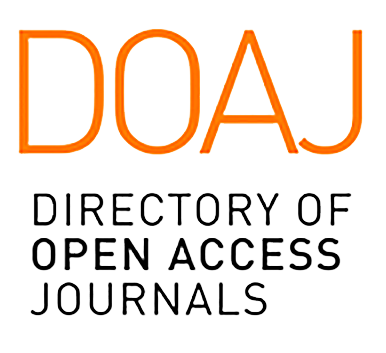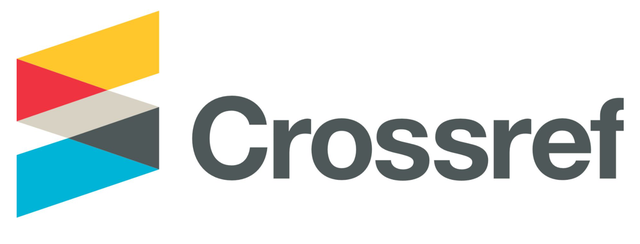

2708-9517








MLA Directory of Periodicals
REAO: East Asian Studies Journals
EBSCO Education
ProQuest
Google Scholar
Semantic Scholar
ROAD
BASE
Helka Helsinki Library
Baidu Scholar
Ex Libris
Jouroscope
US Department of Commerce Research Library

Jiahuan Zhang
University of Cambridge, UK
University of Hong Kong, SAR China
Abstract
Cognitive linguistics (CL) is defined as the study of language in its cognitive function. While a CL approach to teaching second language (L2) is still at its infancy, it is conductive to adult leaners’ acquisition of meaningful linguistic units such as prepositions and classifiers. Noticeably, memorising Chinese classifier-noun mapping is one of the most challenging tasks during Chinese L2 learning. Learning Chinese classifiers has been placed peripherally in L2 classroom, with rote memory being the crudest way. However, it is often neglected that Chinese classifiers are unique in their transparent semantic association with corresponding head nouns, which justifies the employment of the CL approach to teaching classifiers. Considering most Chinese classifiers are polysemic in use with nouns, this study proposes to adopt a CL approach to teaching Chinese classifiers and the learning of their associated nouns. A CL approach to teaching classifiers is featured by five essential concepts: image schemas, prototypes, metaphors, semantic networks and principled polysemy. For a didactic purpose, only one frequently used classifier tiao (referring to long, flexible nouns) was exemplified to provide a means of differentiating the senses instantiated in principled polysemy. This study concludes that the CL approach is cognitively demanding for learners, and it may take much in-class time for teachers, albeit the potential to alleviate learning memorisation and genernalisation issues. Suggestions were made to situate the CL approach to teaching in an online self-learning scenario beyond classroom, and preferably for adult L2 learners.
Keywords
Cognitive linguistics, Chinese classifiers, Chinese as a second language, principled polysemy framework
借鑒認知語言學的方法之量詞教學:關於“條”的案例分析
張佳歡
劍橋大學,英國
香港大學,香港特別行政區,中国
摘要
認知語言學的定義為對語言認知功能的研究。雖然認知語言學教學方法在第二語言教學中仍處於起步階段,但它有助於學習者習得有意義的語言單位(例如介詞和量詞)。值得註意的是,對漢語二語學習者來說最困難的地方之一在於記憶漢語中量詞和名詞的搭配。此外,漢語中量詞的學習經常在課堂教學中被邊緣化,死記硬背則是其最原始的學習方式。然而,人們常常忽略了漢語量詞與其相搭配的名詞之間存在獨一無二的語義關聯性,這為使用認知語言學的方法來教學量詞提供了理論依據。鑒於大多數漢語量詞與名詞搭配使用時皆存在一詞多義現象,本研究提出採用認知語言學的方法來進行量詞及其相關名詞的教學。認知語言學教學法的五個基本概念為:圖像圖式、原型、隱喻、語意網路和原則性一詞多義。文章中,作者通過常見量詞「條」(指示長而靈活的名詞)來舉例說明如何解析量詞中的原則性多義詞。本研究的結論是,認知語言學的方法對學習者的認知要求較高,儘管此教學法有助於減輕學習記憶和應用問題,但其有可能佔用大量課堂時間。因此本研究建議將此方法置於課堂之外的線上自主學習情境中,且最佳是應用於成人二語學習者。
关键词
認知語言學,漢語量詞,漢語作為第二語言,原則性一詞多義框架